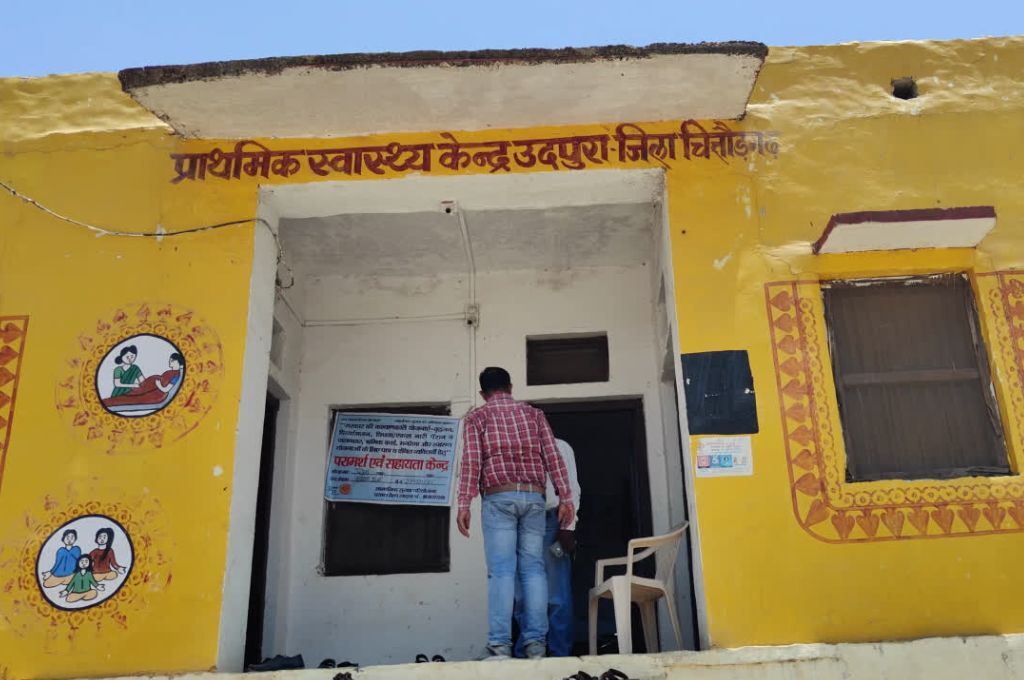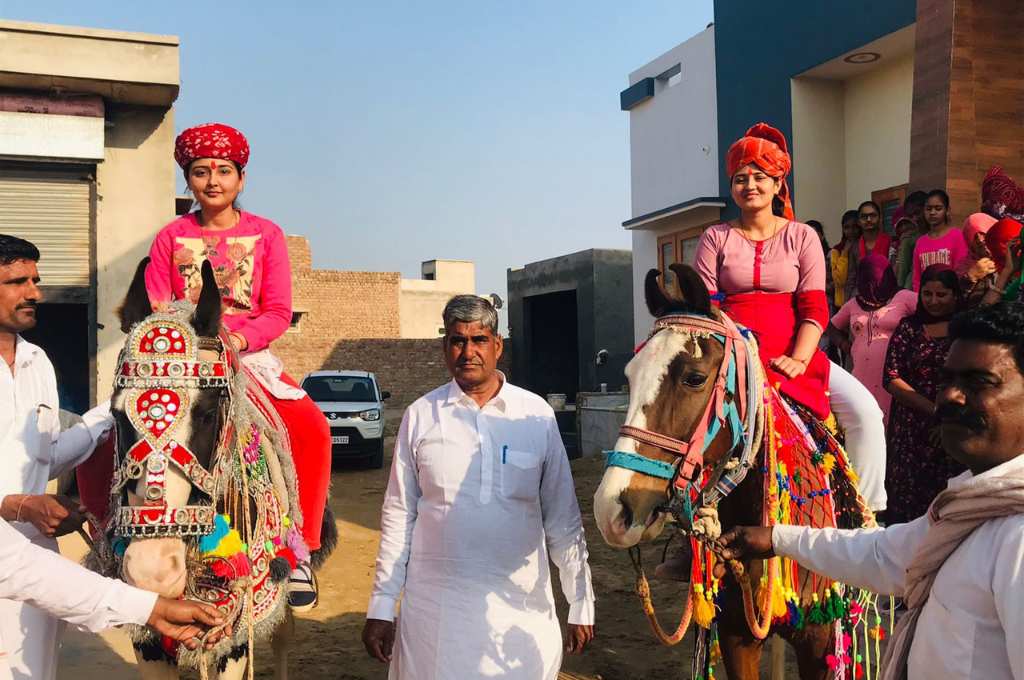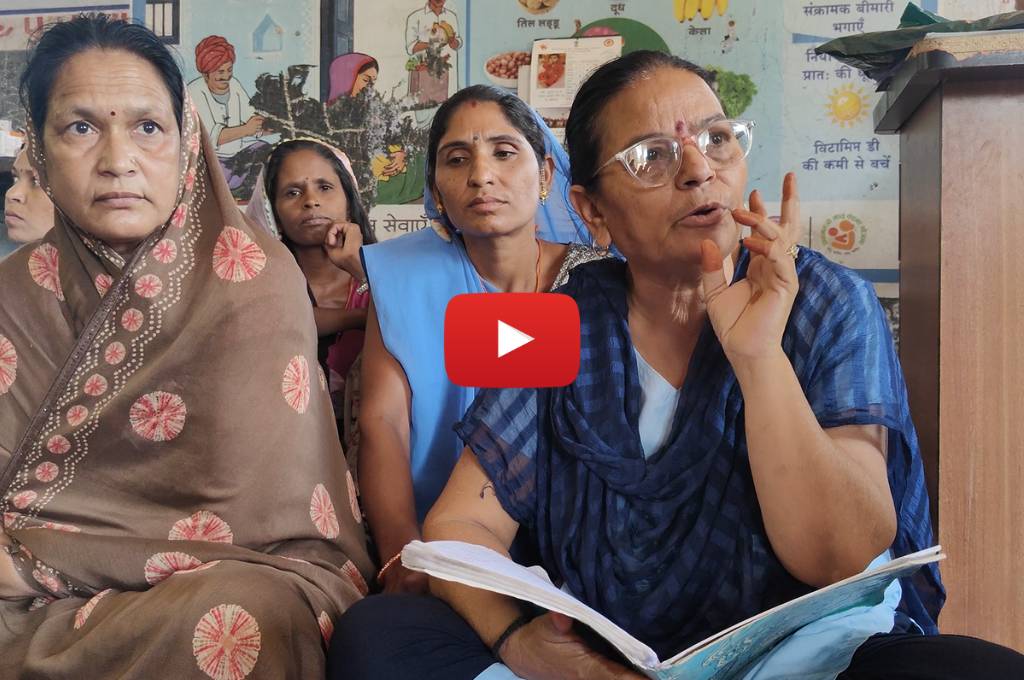Keeping the fire burning: Why Adivasis in Tripura prefer firewood
In my village of Narifang, situated in Tripura’s south district, temperatures fluctuate between 14 and 20 degrees Celsius in the winter months of January and February. Chilly winds that blow through the hills make it feel much colder. This is the time when my family shifts from using LPG to firewood for cooking meals. Lighting firewood on the kitchen stove is also the only way we can stay warm. It allows the family members and our guests to sit together and chat while the food bubbles in front of us.
Collecting and using firewood is ingrained in the culture of my village. From December to March, women troop out into the forest to collect wood and then store it in the borung nog (a small hut to store firewood and protect it from the rain) to be used for the rest of the year.
We mostly collect firewood in winter, when the state is dry, and during monsoon, when the storms uproot several trees. Old trees and bushes die in the winter and the forest becomes their graveyard. Women from my village scavenge for these dried trees. They wake up at dawn to make the most of their mornings before they have to start cooking and cleaning. Armed with a tising (a basket made from bamboo that can be slung on the back) and an axe, the women enter the forest on the border of the village, search for dead trees, and start chopping them down. Some of them are naturally adept at spotting fallen trees. During this process, the women take care not to harm any living trees. They return home in two–three hours with their baskets filled to the brim with wood.
The chopped wood is used for a variety of purposes, such as to keep warm, cook, and donate. We Adivasis consider ourselves as part of a community. Every wedding and funeral is conducted as a team. During functions, each household in the village contributes groceries and firewood. This holds true for cremation rituals as well. The funeral pyre is made of wood donated by every household.
There are many reports available about the harmful effects of wood burning. It is said to cause indoor pollution and create health problems, and is considered the biggest contributor of harmful particulate matter emissions. The government has been encouraging people to shift from fossil fuels and firewood to LPG. However, such policies do not take into account the cultural context of a place and the rising price of gas that makes it difficult for people in rural areas to use LPG cylinders.
Sulakshana Jamatia is a farmer and homemaker from Birchandra Manu in Tripura.
This is an edited excerpt from an article that was originally published on Adivasi Lives Matter.
—
Know more: Learn about the unexpected impact of climate change on Assam’s fisherwomen.
Do more: Connect with Sulakshana Jamatia at [email protected] to learn more about and support her work.



